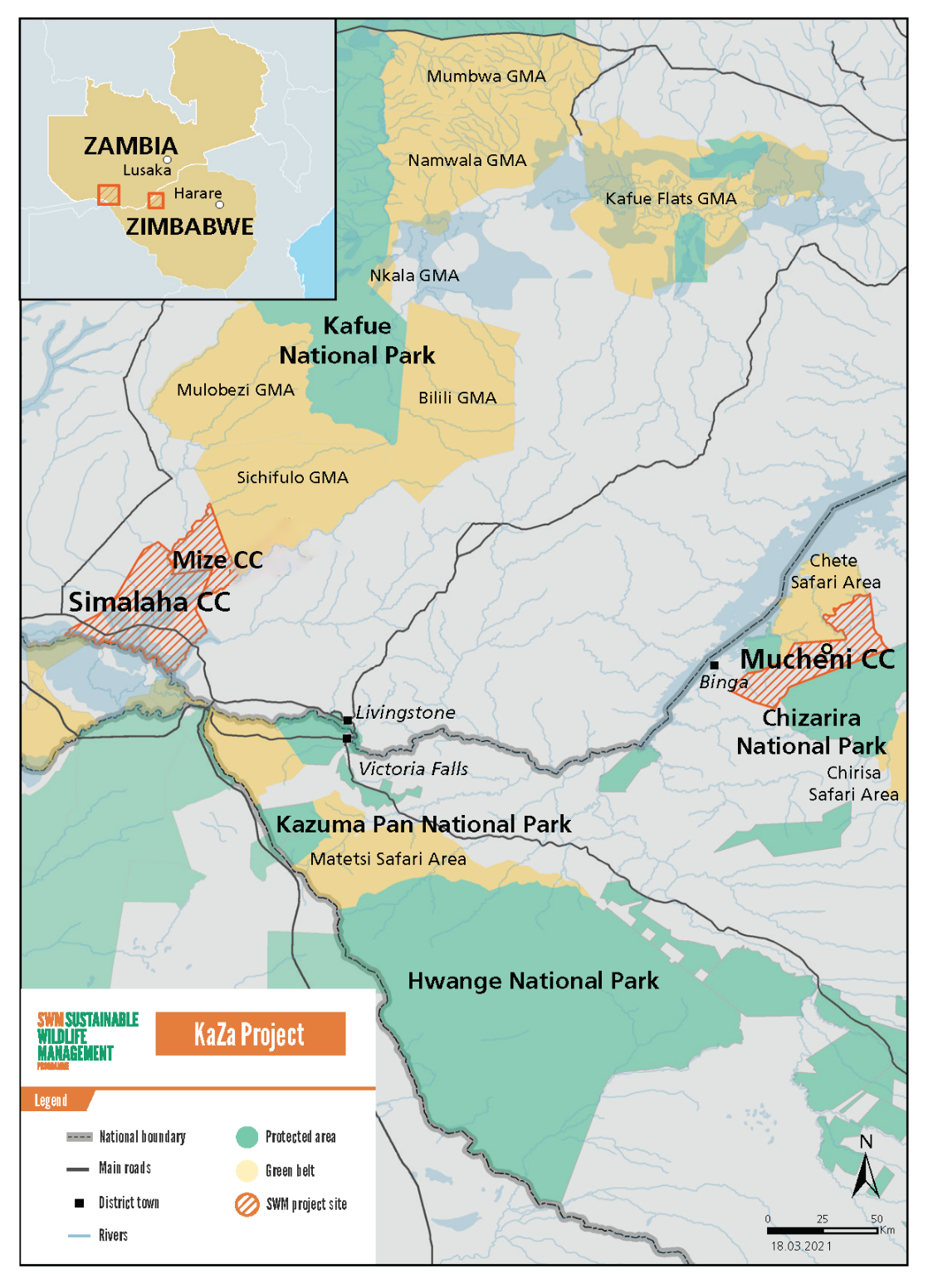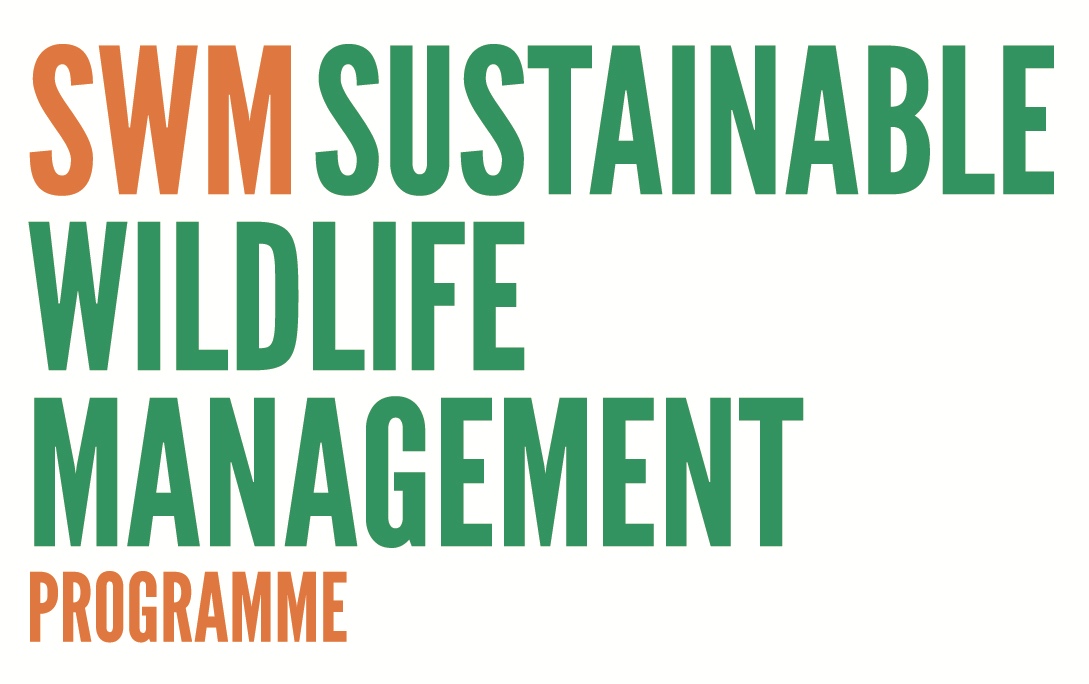The SWM Project in KaZa
ZAMBIA AND ZIMBABWE (KAZA)
 © Brent Stirton/Getty Images for FAO, CIRAD, CIFOR and WCSv
© Brent Stirton/Getty Images for FAO, CIRAD, CIFOR and WCSv
SWM PROJECT
The Kavango Zambezi (KAZA) Transfrontier Conservation area is home to a great diversity of ecosystems and landscapes. Each year, the area experiences large-scale migrations of megafauna. Whilst rural communities in the Mucheni (Zimbabwe) and Simalaha (Zambia) Community Conservancies have distinct cultures and local governments, they depend on hunting and fishing for both food and income. However, communities’ livelihoods are threatened by erratic rainfall, poor soils, and human–wildlife conflicts.
The SWM Project in KaZa is promoting a sustainable use of natural resources, including wildlife and fisheries, by the Community Conservancies. It is also developing alternative sources of proteins, such as livestock husbandry and aquaculture. The project is being implemented by CIRAD in coordination with the governments of both Zambia and Zimbabwe.
DID YOU KNOW?
- The MIZE Community Conservancy (MiCC), Zambia's newest wildlife sanctuary measuring 585 km2 was officially launched on 18 November 2022.
- Thirthy resource monitors (18 in Zimbabwe and 12 in Zambia) have been engaged to enhance anti-poaching patrols and information sharing with communities.
- A total of 15 Farmer Field schools were established in Zimbabwe, where local communities have been trained on sustainable agricultural practices as well as on human-wildlife conflict mitigation.
- Farmers have been equipped with 40 beehives, chili oil and strings to produce honey and to protect their crops from elephants.
- The SWM Programme is working with government ministries in Zimbabwe and other stakeholders to register cooperatives that will provide income from locally available non-timber forest products and livestock.



